Govt to restore executive magistracy system
.

The government has decided to reinstate the executive magistrate system, which had been discontinued in 2001.
According to sources, the Ministry of Law has completed all constitutional and legal consultations, and the system will be restored down to the police station level.
Executive magistrates will be empowered to inspect police stations, conduct price checks, and monitor protests and public gatherings.
Law enforcement will not be allowed to use force during protests without a magistrate's approval.
Additionally, magistrates will be authorised to conduct trials for minor offences with punishments up to two years, including summary trials for small fines and traffic violations.
Originally introduced during the British colonial era in the 1800s, the executive magistracy was a powerful administrative arm. Post-independence, both the Congress and the Muslim League retained the system, which ensured state writ at the district level.
The system included district magistrates, subdivisional magistrates, and executive magistrates.
The system was abolished in 2001 by then-President Pervez Musharraf under the new local government framework.
Though provinces like Punjab have long demanded its restoration, the federal government is now moving forward with amendments to the Code of Criminal Procedure (1898) to grant magistrates these powers once again.
In 1996, the judiciary-administration separation was ordered by the Sindh High Court and upheld by the Supreme Court. The then Benazir Bhutto government removed administrative magistrates at the police station level but retained judicial powers with district and divisional magistrates until 2000. Musharraf's local government reforms ultimately abolished these powers entirely.



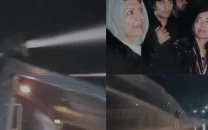
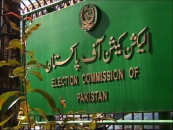


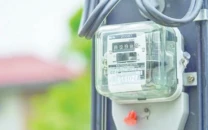
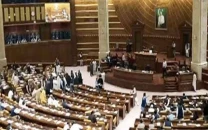


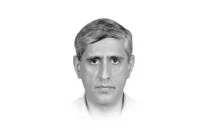


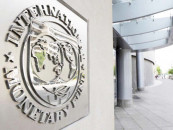






COMMENTS
Comments are moderated and generally will be posted if they are on-topic and not abusive.
For more information, please see our Comments FAQ